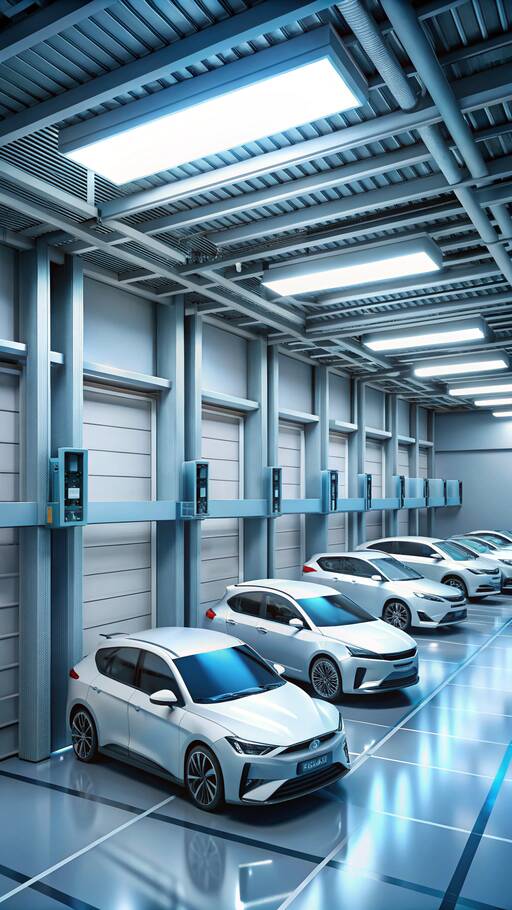
The swap stations, occupying about the space of three parking spots, facilitate rapid battery exchanges. Nio's modular stations can be set up within hours, with batteries kept charged and ready in an energy-efficient manner.
As you plan your trip, conveniently located swap stations allocate time for swapping. The station prepares a pre-charged battery that meets your car’s requirements, minimizing thermal shock. The swap process is largely automated, taking only minutes to complete.
- Speed: Battery swaps are accomplished in mere minutes, much faster than charging, even with the quickest chargers.
- Cost Efficiency: Customers can lease batteries, cutting down initial vehicle expenses. Swapping fees are competitive compared to high-speed charging.
- Sustainability: Regularly and gently charged batteries may have extended lifespans. When their life diminishes, they can be repurposed or recycled.
Nio's success in China underscores the potential Western markets have yet to fully explore. Battery swapping can revolutionize EV ownership, making it quicker and more cost-effective, potentially encouraging more consumers to switch to electric.
Battery swaps offer a compelling future for EV efficiency and convenience. By reducing charging times and costs, they could be key to driving global EV adoption. Western markets need to collaborate to harness this potential and compete with leading innovations, such as those seen in China, in the dynamic world of electric vehicles.